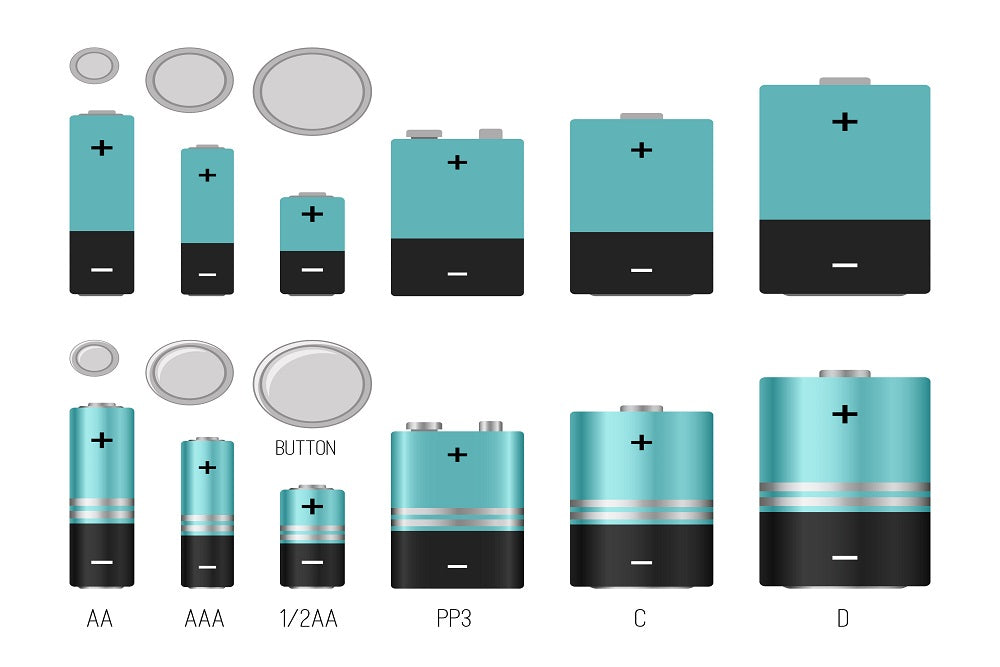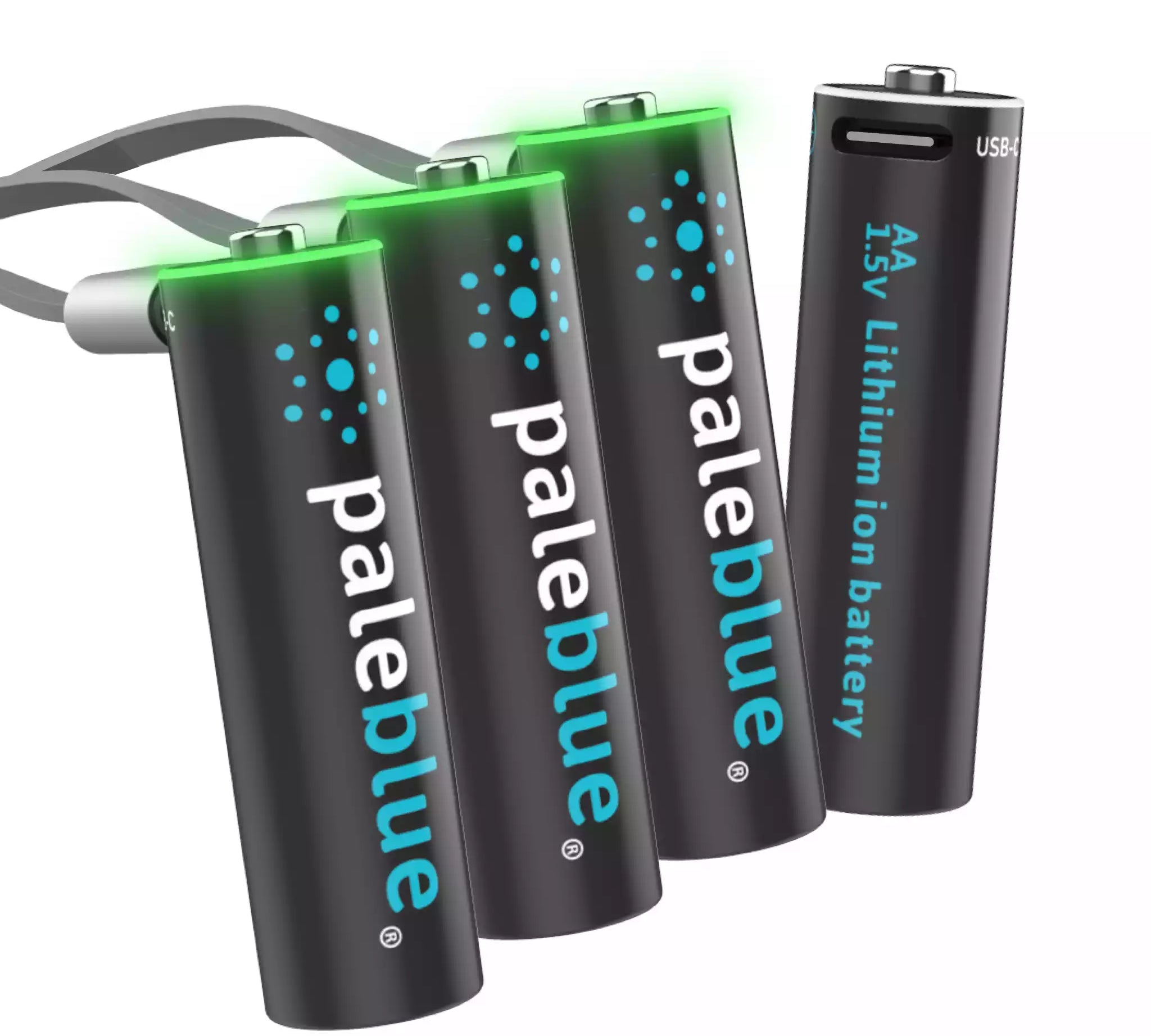Battery Form Factors: How Many Do You Have at Home?

A couple of months ago, we published a post that discussed various battery form factors. The post talked about 9V batteries, AAAs, AAs, etc. Thinking about form factors was intriguing for the simple fact that there are so many of them. Even above and beyond the ones we sell, there are numerous electronic devices that require uncommon form factors.
We have discussed this idea before. Form factors are chosen based on what a manufacturer wants to accomplish. There are some applications for which the most common form factors just won't work. So a device manufacturer needs to design something unique. That is where pouch batteries come from, by the way.
How many of the most common form factors do you have in your home? Take a look around. You might be surprised, CR123’s? any 18650’s or any button batteries with all the numbers like CR2032’s??
Flashlight Batteries
Every home should have at least one flashlight – just in case the power goes out or if you lose something under a couch. Your larger flashlights are often powered by D or C batteries. D’s are the biggest, cylindrical form factor among the most common consumer batteries. Historically, D’s were commonly used in some large flashlights, if you needed a bright light, but nowadays there are some high smaller sized output flashlights that use CR123’s and 18650’s (3.7V Lithium-ion).
Some of your larger children's toys might take C batteries as well. The C battery isn't necessarily the most popular anymore, but certainly gets utilized a lot and will likely never go away.
Hot Wheels Racetracks
Among those of us with young kids, the D battery conversations we always end up are about the Hot Wheels Racetracks. These tracks take a few D batteries and are noisy, exciting and ubiquitous it seems.
D batteries are not cheap, and they feel so substantial in your hand that even recycle them seems to carry a little guilt for creating such waste. But, with Paleblue in our racetrack, it’s guilt-free racing as long as the kids want and as long as they keep the door closed to avoid the noise bothering everyone else in the house.
Batteries for Everything Else
The C and D form factors have limited usefulness in most homes. The ones we most often buy for home use are 9Vs, AAAs, and AAs. The first devices that come to mind are all those remotes sitting on the living room coffee table.
TV, stereo, and DVD remotes are generally powered by AA or AAA batteries. Every now and again you will find one that takes single A. Whether on purpose or by happenstance, AA and AAA batteries have become the standard for household electronics.
In the living room, they power all your remotes. In the bathroom, AA and AAA batteries are found in the electric toothbrush, the trimmer, and that battery-powered makeup mirror you can't live without.
The alarm clock on your nightstand has a AAA battery as a backup. There is an emergency radio you keep on the dresser for those stormy nights. It is powered by a 9V.
As Long as Consumers Want Them
Here is our take on all the different form factors: we will keep making them for as long as consumers want them. And right now, the demand for batteries isn't waning. U.S. consumers buy billions of single-use alkaline batteries every year. The demand is certainly there. Our goal is to convince as many as possible to ditch their single-use batteries in favor of rechargeable lithium-ion products to save waste, but also to save themselves a lot of money.
How many form factors do you have at home? Remember, you can replace most of them with Pale Blue Earth rechargeable lithium-ion batteries.







